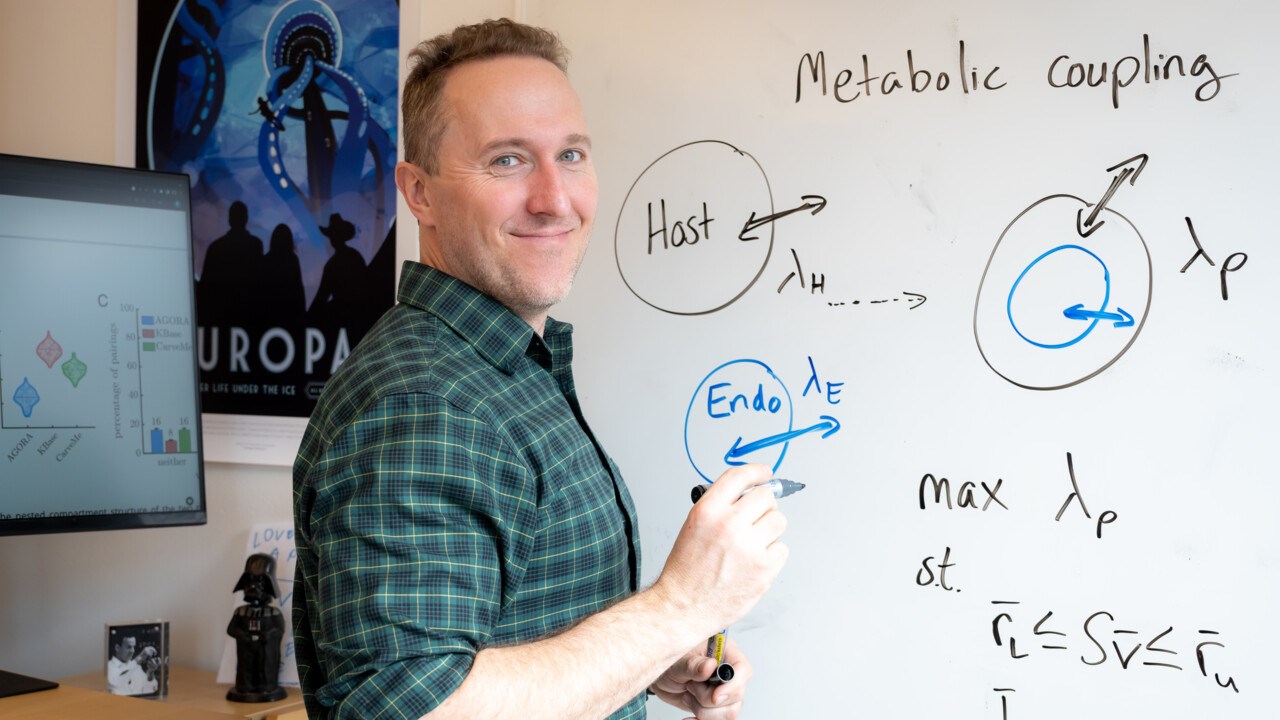Explanation of terms
Prokaryots: Bacteria and archaea. Their cells lacks a membrane-enclosed nucleus and other organelles, and they are generally single-celled.
Eukaryots: Other organisms. Their cells have a membrane-enclosed nucleus and several other types of organelles where various life functions take place.
Endosymbiosis: A form of symbiosis between two organisms in which one, the endosymbiont, lives inside the other, the host.



